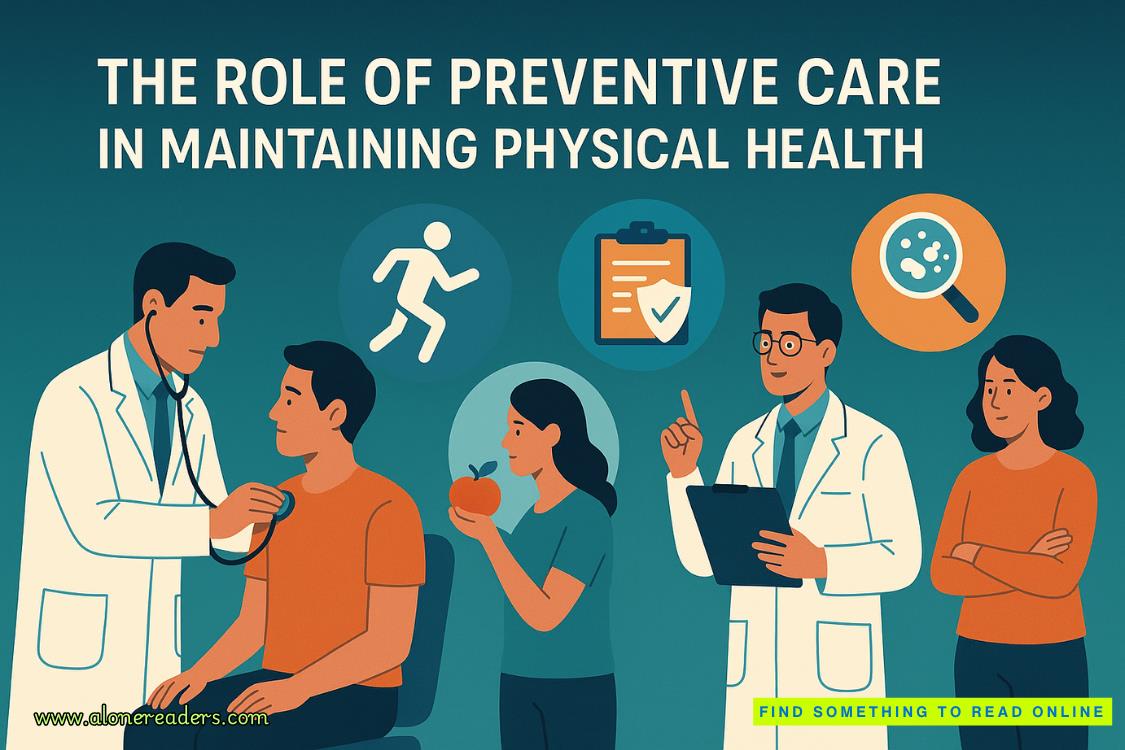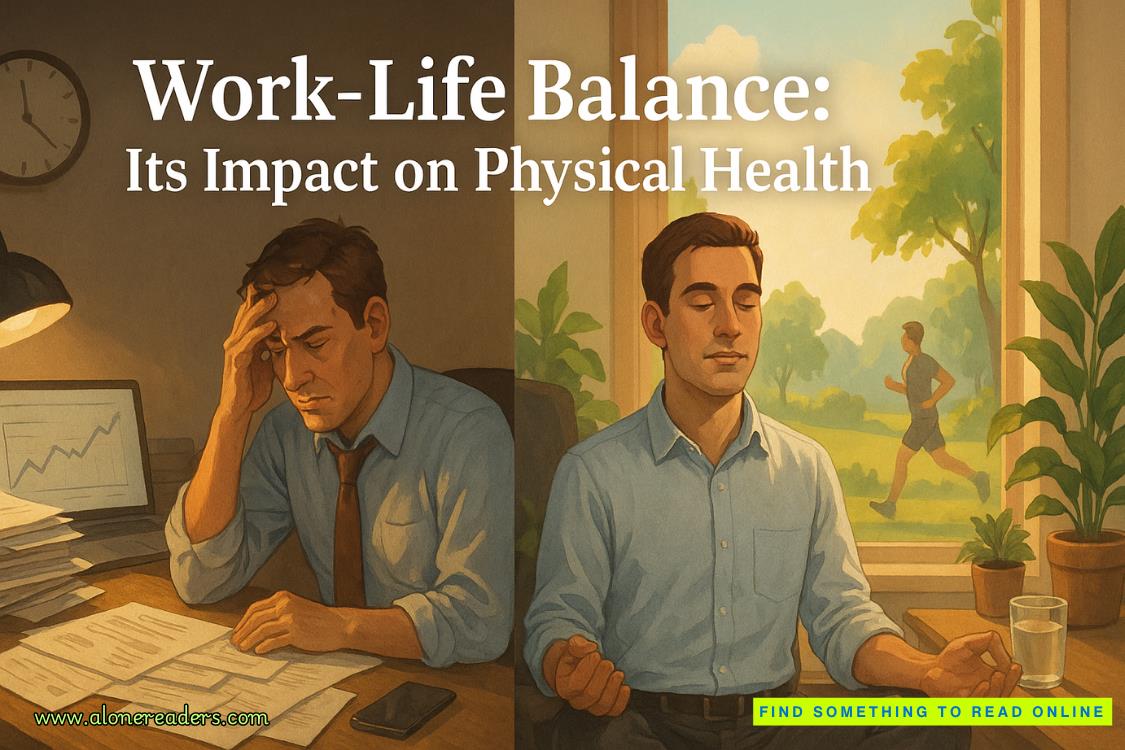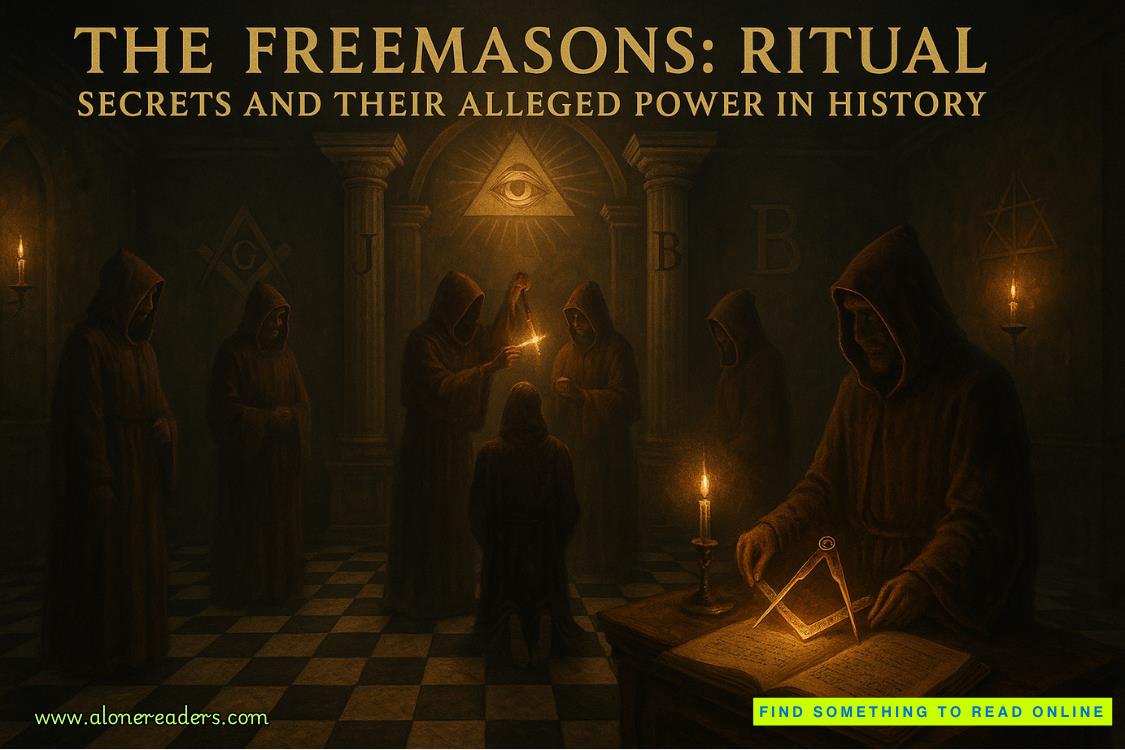Page 64 of Protected By My Best Friend's Brother
Mr. Garrett, positioned strategically at Lucas’s right, hasn’t stopped frowning since I started explaining how our sustainability integration could crash three manufacturing plants if we don’t revise our approach. His fingers drum a steady, irritating rhythm on his leather portfolio—a habit I’ve noticed emerges when he’s especially displeased.
Only Lucas looks calm, seated at the head of the table with a quiet confidence that somehow steadies my own. His eyeshaven’t left mine as I’ve presented, offering silent support even as several board members exchange concerned glances.
“Let me make sure I understand,” Garrett says, each word dripping with disdain. “You want to halt the entire Johnson implementation—a $50 million account—to spend a week playing mechanic in their manufacturing plant? When Brighton Analytics is promising immediate integration of their AI system?”
The deliberate minimization of my approach—“playing mechanic”—is designed to undermine my credibility. Two months ago, it might have worked. Today, it only fuels my determination.
Energy surges through me as I click to my next slide. This is what I do best—seeing solutions others miss, patterns hidden beneath conventional thinking.
“Not playing mechanic,” I correct, keeping my voice level despite the heat rising in my chest, “but learning their actual workflows. Their current system processes over 10,000 sustainability data points daily through custom protocols they’ve refined over ten years.” I pull up a visualization of data flow patterns. “If we force our new analytics through their old interface, we risk corrupting their entire environmental compliance database—data they’ve been collecting since before most companies even considered carbon footprints.”
I advance to a simulation I developed early this morning. It shows the cascading failure that could result from a forced implementation. The screen fills with red error messages, and a digital catastrophe plays out in accelerated time.
“And this couldn’t be accomplished through standard documentation?” Garrett’s question contains a trap—suggesting that my approach is unnecessarily complicated when traditional methods would suffice.
My fingers dance across the keyboard, pulling up the efficiency graphs I spent all night preparing after discovering the integration error. The room dims slightly as the projector brightens, casting my color-coded sustainability metrics across the faces of doubtful board members.
“Documentation doesn’t show you why the night shift supervisor developed a unique calibration sequence for their emissions monitoring system—a technique now standard practice across three facilities.” I highlight a particular data cluster showing above-average efficiency. “Or why the loading dock team created their analog tracking system that processes materials sustainability data faster than any digital interface we’ve seen.”
Bradshaw, the oldest board member and usually my staunchest critic, leans forward slightly. I’ve caught his interest at the mention of practical innovations.
“Ms. Hastings,” the chairwoman interjects, her silver hair gleaming under the recessed lighting, “while your enthusiasm is admirable, this represents a significant deviation from standard procedure. Our shareholders are already nervous after Brighton’s aggressive moves in the sustainable technology sector. This delay could be perceived as a sign of weakness.”
“Standard procedure isn’t working,” Lucas speaks for the first time, drawing all eyes to him. He sits forward slightly, his posture relaxed but commanding. “Emma’s right. We’re not just updating software—we’re reshaping how an entire company tracks and improves its environmental impact. That requires more than technical knowledge. It requires understanding.”
I catch a flicker of surprise on several faces at his use of my first name—a small breach of boardroom protocol that speaks volumes about our unified approach.
“Understanding won’t matter if we lose the account,” Garrett snaps, color rising on his face. “Brighton Analytics is offeringthem fully automated sustainability tracking that requires no delay, no site visits, and none of this... unconventional, hands-on approach.”
The slight pause before “unconventional” carries layers of meaning—a subtle dig at my methods and relationship with Lucas. But instead of withdrawing or becoming defensive, I feel a strange calm settle over me. This is familiar territory—fighting for ideas others don’t yet see value in. It’s what I’ve been doing my entire career.
I move to the whiteboard, marker flying across the surface as I map interconnected workflows. My hand is steady, and my mind is clear as I translate complex data relationships into visual patterns.
“A solution that would eliminate everything unique about the Johnsons’ operation,” I counter, adding color-coded nodes to represent different departments. “Look at these numbers. Their current system isn’t pretty, but it works because it’s built around their people. Their sustainability metrics are 15% above industry standard because their employees understand the why behind every measurement.”
I circle a particular workflow junction. “Their shipping department reduced packaging waste by 22% last year because they understood how material choices impact environmental footprints. That didn’t come from an AI algorithm—it came from people who care about doing better. If we can integrate our technology while preserving those human elements...”
“It’s too risky,” Patricia Miller argues from the far end of the table. The normally quiet board member looks genuinely concerned rather than hostile. “The implementation timeline—“
“Is exactly why this makes sense,” Lucas cuts in, his voice carrying that quiet authority that comes from absolute certainty. “We could spend weeks trying to force our system to communicate with theirs, potentially damaging years ofenvironmental data, or we could take one week to build something that serves their needs and maintains their exceptional record.”
He stands and moves to join me at the whiteboard. My breath catches slightly as he takes a marker and adds to my diagram, extending the workflow to show the long-term implications.
“And here,” he continues, circling a node I’d created, “is where Brighton’s approach would eliminate the human insight driving the Johnsons’ environmental innovations for a decade. Their AI might process data faster, but it would remove the people who have made the system excel.”
“And you support this unconventional approach?” Garrett asks Lucas, his tone suggesting it’s more an accusation than a question. “Even after Brighton’s latest sustainability division has shown a 32% efficiency increase using their automated systems?”
“Completely.” Lucas’s voice carries that quiet confidence I’ve come to rely on. He caps his marker and turns to face the board fully. “Emma sees patterns others miss. Her hybrid integration model for the solar division didn’t just increase efficiency, it revealed sustainability opportunities we wouldn’t have found with traditional analytics. That’s why the Johnsons trust us more than Brighton’s AI.”
The energy building in my chest expands, warm and powerful. This is Lucas and me at our best—building on each other’s ideas and making each other stronger. I turn back to the board, adding another layer to my workflow diagram.
“These aren’t just abstract data points,” I explain, the marker moving with renewed purpose as I highlight connections between departments. “Each measurement represents someone’s dedication to environmental stewardship.” I notice a few board members leaning forward with interest. “The maintenance team figured out how to reduce emissionsby adjusting equipment timing. The inventory specialists developed a rating system for their suppliers. We’re not just preserving data, but honoring years of innovation from people who care about doing the right thing.”
I can see my words landing with several board members—an approving nod from Bradshaw, a thoughtful frown from Miller. Even the chairwoman seems to be considering the human element I’m emphasizing.
“This is absurd.” Garrett stands, face reddening as he slams his portfolio closed. “First, the photographs from the gala suggest inappropriate personal involvement. Now, this emotional appeal disguised as a strategy—this isn’t how our company has operated for fifty years!”
“Emotional?” I challenge, surprising myself with my steadiness. The old Emma might have wilted under his accusation and tried to appear more conventionally professional. Today, I stand taller. “Let’s talk numbers then. Their current system achieves 15% higher compliance than the industry standard. Their employee-driven innovations have saved them millions in environmental impact costs. Brighton’s AI might process data faster, but it can’t replicate the human insight that makes their operation exceptional.”















